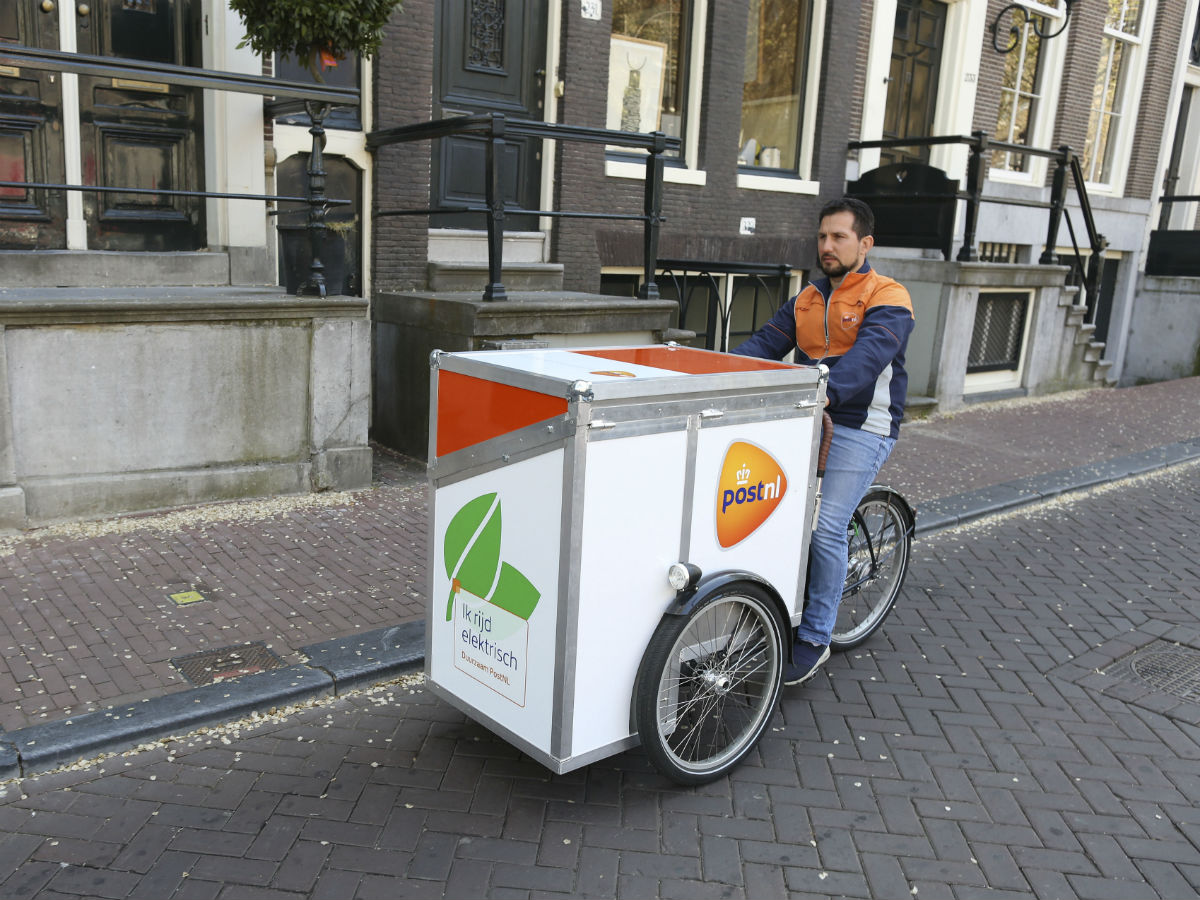The Netherlands - PostNL
 Science Based Targets to reduce CO2 footprint at PostNL
Science Based Targets to reduce CO2 footprint at PostNL


Through the Science Based Targets initiative (SBTi), PostNL strives to reduce its relative combined scope 1 and 2 emissions in CO2 per kilometre by 80%.
The Netherlands has committed to the Paris Climate Agreement, setting a goal to reduce CO2 by 2050. The SBTi is a collaboration between several organisations, including CDP and the United Nations Global Compact.
In 2018, PostNL started to set new SBT on emission reduction towards 2030. Its aim is to reduce its total absolute direct (scope 1) and indirect (scope 2) emissions. Its ambition is the absolute reduction of all emissions, including those of subcontractors (scope 3). These targets are based on volume growth in its parcels business. In addition to absolute targets, it strives to reduce its relative combined scope 1 and 2 emissions in CO2 per kilometre by 80%.
Among its CO2 reduction programme, the aim is to have emission-free parcel delivery in 25 city centres across the Netherlands by 2025, and by 2030 to have emission-free last mile delivery across the Benelux. 40% of the electricity used at the company’s parcel processing and distribution centres is generated by solar panels.
As the post looks to its 2030 environmental goals, the aim is that all its future buildings and sorting centres will become CO2 neutral or even CO2 positive in their energy usage.
PostNL commits to reduce absolute scope 1, 2 and 3 GHG emissions by 18% by 2030 from a 2017 base year. It also undertakes to continue active sourcing of 100% renewable electricity towards 2030 from a 2017 base year. In 2018, PostNL received its second Lean & Green Star as a recognition of its progress on emission reductions.




